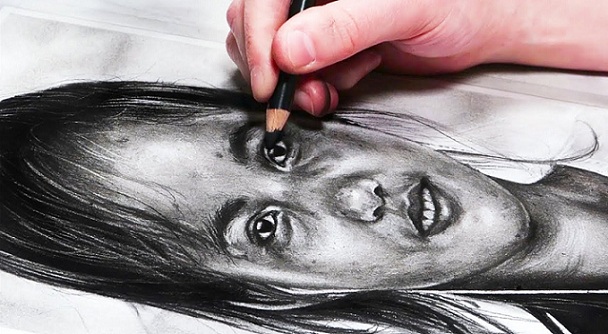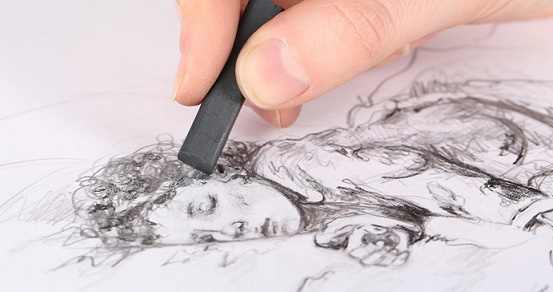Products You May Like
Every artist tries to draw this figure at some point in his or her life, either in class at school or in his or her leisure time. They draw their friends, family, and sometimes they can draw strangers or hire models to draw.
When you first try to draw this figure the task can seem daunting, especially when you are trying to find the right size and learning how to handle things like prediction.
Trying to clearly show the figure can be a challenge, but starting with a forgiving machine like coal can allow you to test the water and gain valuable drawing skills. Although these tips and tricks for using charcoal, can be adapted to many other traditional healers.

Measure it many times. When you draw, it is easier to draw what you think you see than what you actually see. When drawing, you should consider the size of the objects in relation to how close they are to each other and to you.
You can completely stretch your arm and use your pencil to match the sizes of a person’s head to their chest, and so on. This will help you to get the right proportions and keep your figures from having different body lengths or body parts. It can also help with facial expressions to check the distance between the eyes, nose and mouth.
Use quick action graphics to deliver. You should start each drawing session with a few quick drawings to quickly capture the figure and allow yourself to relax and feel the atmosphere you are trying to draw. Drawings should take a minute or less to do.
They do not need to be perfect, they do not need to be perfect, these drawings are just to help you get started. They can be basic drawings that are likely to stick together to help you understand the position and the balance. Over time these drawings will help you improve your ability to quickly capture the most important mathematical objects.
Don’t try to make your drawing “perfect” when you start. Let your drawing change as you work on it, and work with what happens in your drawing.
If something unexpected happens to your drawing, do not immediately try to clear it, see if you can improve it. Don’t just start over if your drawing isn’t what you want it to be, see if you can make it better than you originally thought.
Use your chamois cloth or rubber often. Drawing is not just about marking a piece of paper, it is a process of giving and taking. Don’t just work from light to dark, you should always clean up and add to your painting.
If you repeatedly enter values and delete them before you can add more you can get a much wider range of values than you can by adding values without deleting. You can also find interesting backgrounds and shadows through this process.
Try to avoid blurring your drawing by tapping your coals with your finger, as this will make your hands even more dirty, and it will not look as good as a stump or rubber.
Experiment with different types of charcoal, and try adding more witches. There are different types of coal to choose from, and some come with varying degrees of complexity. Try using both grape and pressed charcoal, and try different marks.
Hard-pressed and soft coals will give you different results, and using grape charcoal will give you a completely different effect. You can add other magicians to add interest to more advanced drawings, puppies like pen and ink, pencil, crayons, and colored pastels can add to the complexity of the drawing.
